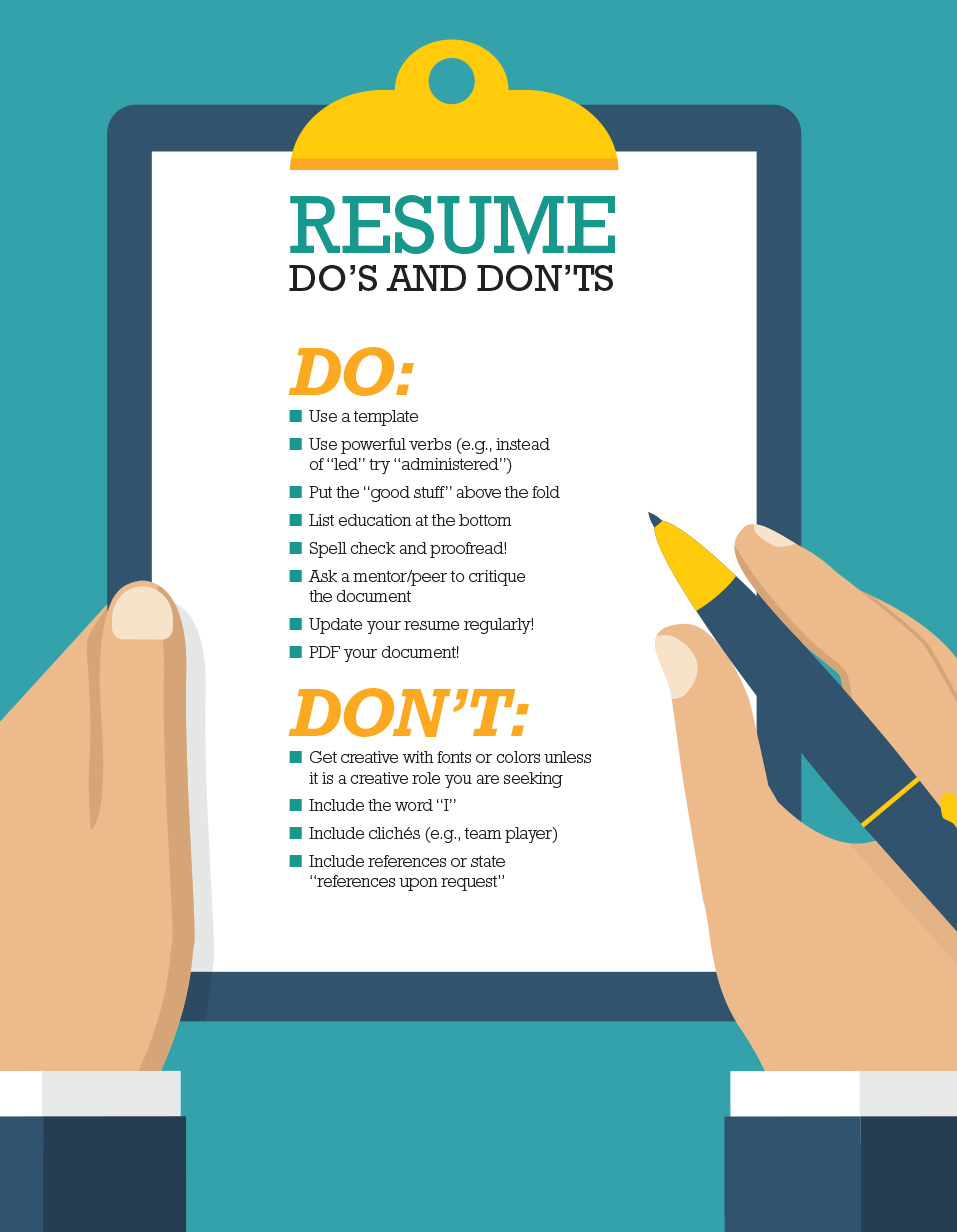Resume Presentation
| Introduction to Resumes | ||
|---|---|---|
| A resume is a concise document that summarizes your skills, qualifications, and experiences. It is typically used when applying for jobs, internships, or other opportunities. A well-crafted resume can help you stand out from other candidates and increase your chances of getting an interview. | ||
| 1 | ||
| Structure of a Resume | ||
|---|---|---|
| A resume usually consists of the following sections:
- Contact Information: Include your name, phone number, email address, and LinkedIn profile.
- Objective or Summary Statement: A brief overview of your career goals or a summary of your qualifications.
- Education: List your educational background, including degrees, certifications, and relevant coursework.
- Work Experience: Highlight your previous jobs, internships, or volunteer positions, including job titles,
company names, dates of employment, and key responsibilities or achievements.
- Skills: Mention your relevant skills, such as technical abilities, language proficiency, or soft skills.
- Additional Sections (optional): Include sections like certifications, professional affiliations, or
extracurricular activities, if relevant. Your second bullet Your third bullet |  | |
| 2 | ||
| Tailoring Your Resume | ||
|---|---|---|
| Customize your resume for each job application to highlight the most relevant qualifications. Review the job description and identify key skills or experiences sought by the employer. Use action verbs and specific examples to describe your achievements and responsibilities. | ||
| 3 | ||
| Design and Formatting Tips | ||
|---|---|---|
| Use a clean and professional design with consistent formatting throughout. Choose a readable font and appropriate font size (e.g., Arial or Times New Roman, 10-12 points). Organize your information using clear headings and bullet points. | ||
| 4 | ||
| Dos and Don'ts | ||
|---|---|---|
| DO: Proofread your resume for spelling and grammar errors. DO: Include quantifiable achievements or results whenever possible. DO: Keep your resume up-to-date with your latest experiences and qualifications. | ||
| 5 | ||
| Resume Length and File Formats | ||
|---|---|---|
| Keep your resume to one or two pages, depending on your experience level. For entry-level candidates or recent graduates, a one-page resume is usually sufficient. For more experienced professionals, a two-page resume may be appropriate. | ||
| 6 | ||
| Conclusion | ||
|---|---|---|
| A well-crafted resume is a crucial tool in the job application process. Tailor your resume to each opportunity, emphasizing relevant skills and experiences. Pay attention to design, formatting, and overall presentation. | ||
| 7 | ||





